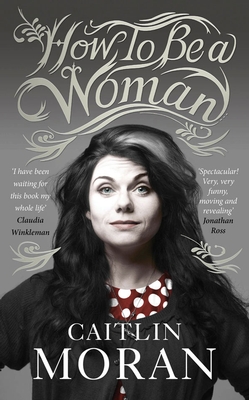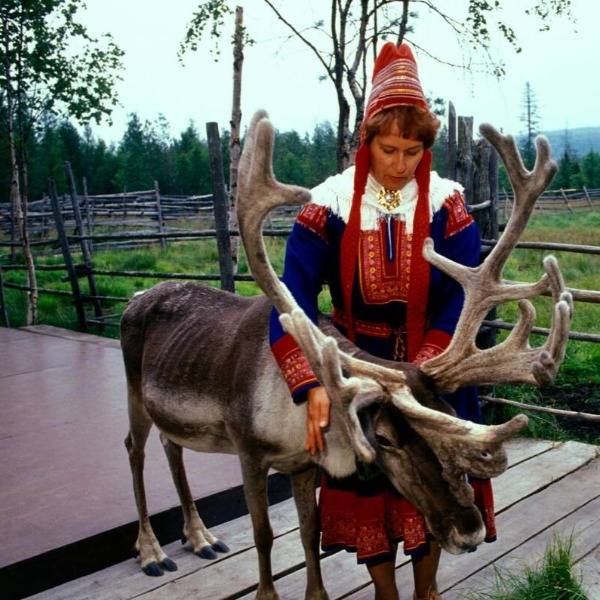 How to Be a Woman
How to Be a Woman
Thank God for flippant women. If your working life revolves around meetings-full, conferences-full, staff rooms-full of those earnest men apt to dismiss women as inane and incapable at the merest flicker of humour, then How to Be a Woman is the book to come home to. Queen of Twitter, Dorothy Parker to its Vicious Circle, Caitlin Moran has nobly forsworn getting drunk with pop-star interviewees, as columnist for The Times, long enough to produce this 300-page feminist tract disguised as an autobiography.
Chapters called things like “I need a bra!” and “I am in love!” become excuses to bemoan patriarchy’s hobby of making you insecure about your “wabs”, or to build up a righteous head of steam over the damaging princess fantasies sold to little girls. Moran’s line is that feminism is too important to be left to the academics. Feminist waves – we must be on the fifth by now, she reckons – are no longer enough, it’s time for the tide to come in, and this book represents her personal “bucketful”.
For a self-proclaimed Strident Feminist (“I would like you to stand on a chair, and shout, ‘I AM A FEMINIST’. Because if you can’t, you’re basically bending over, saying, ‘Kick my arse and take my vote, please, the patriarchy’.”), Moran shows little concern with power structures or glass ceilings. Links to class and race are not analysed, oppressive ideologies remain uncritiqued. This is a staunchly liberal brand of egalitarianism, fuelled by a rather blithe optimism about the power individuals have to produce change.
But then, this book isn’t called How to Be a Feminist but How to Be a Woman – it offers a manual on how to improve your own life, without letting down the sisterhood. And on these quotidian issues Moran is often just right. She nails the chasm between giggling pole-dancing classes and the grinding misogyny of the business itself. Lamenting the “po-faced atmosphere of a lap-dancing club, which treats male/female interactions with all the gravitas of Cold War-era meetings between Russia and the USA”, Moran conjures a world in which female sexuality is enjoyed as “a hoot”, rather than our sole weapon in a war we’re doomed to lose.
She writes with the wisdom of bitter (or, sometimes, glorious) experience, too, on childbirth and parenting, abortion and weight-loss. The miseries of puberty are carefully catalogued – “in many ways, there is no crueller or more inappropriate present to give a child than oestrogen and a big pair of tits” – and sage counsel tendered. Harmful myths are skewered: belief in the afterlife and the fallacy that a woman’s life’s work is to be rather than to do something are plausibly identified as causes of underachievement. Rationalists will appreciate, too, the confidence Moran places in her powers of reason. On a question of reproduction she’d “been given to believe… that my body’s opinion… would be superior – more ‘natural’, more moral – to the rational decision my mind had made.” But the female mind, she rightly insists, is at least as insightful as the female body.
“Are you a feminist?” Moran asks. “Hahaha. Of course you are.” And of course you know all this already. You’ve lived through every painful step of it yourself. So give this book to your niece, and save her a lot of heartache – I would say give it to your daughter, but I doubt she’d like to think “A2M” is an acronym that conveys any meaning to you (hint: we’re talking specialist porn, here). Give it to your niece, then, or to your god(less)daughter. But make sure you read it first – it really is very funny.

